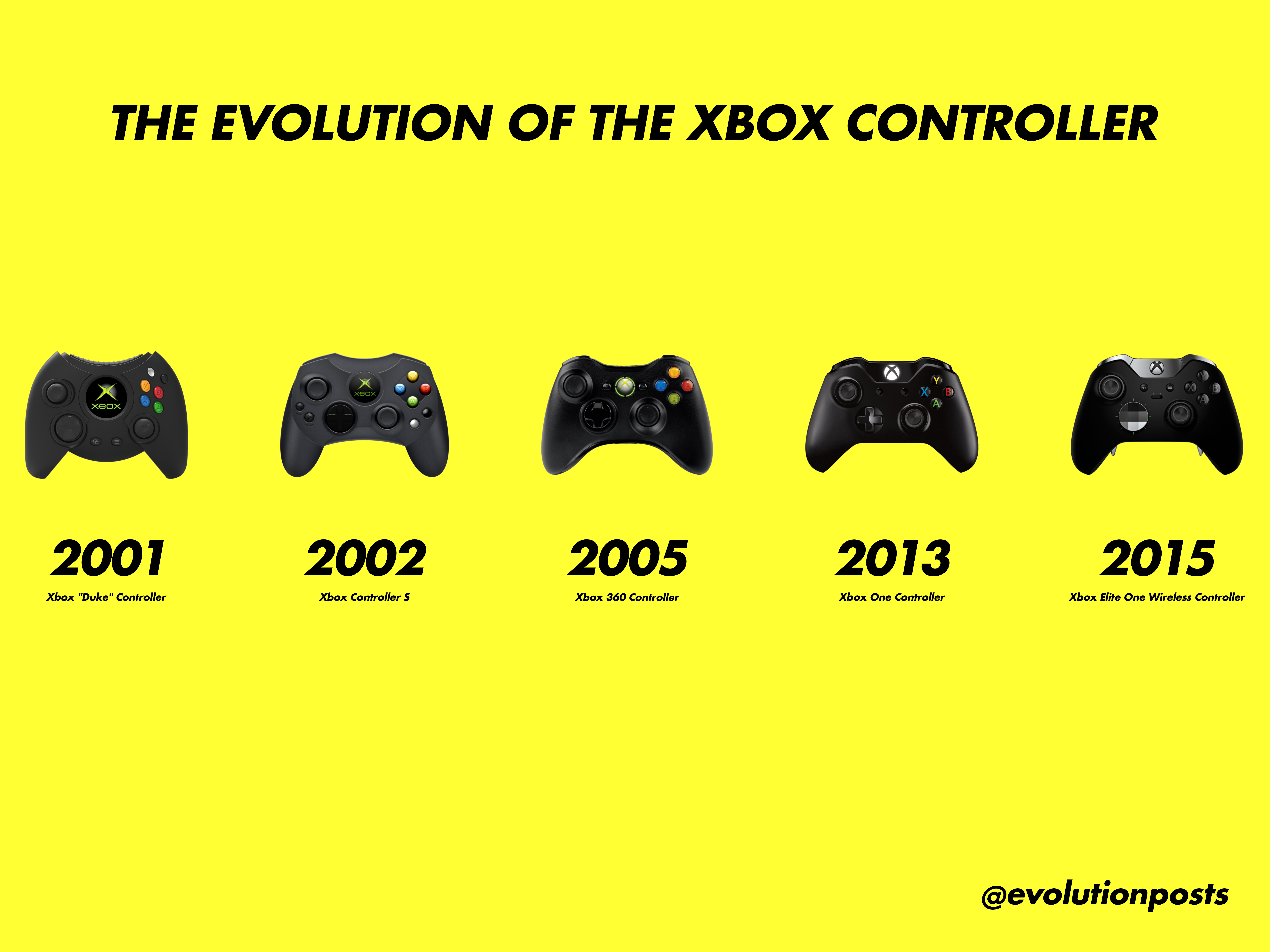Why Xbox Controllers Wear Out Over Time
Understanding the Mechanisms of Controller Wear
As gamers, we expect our Xbox controllers to withstand countless hours of intensive gameplay. However, gaming gear like controllers are subjected to rigorous mechanical stresses that can accelerate wear. To better understand why controllers deteriorate, it’s important to examine the mechanisms behind their normal “wear and tear.” The main components that experience the majority of stresses are the joysticks and triggers. Joysticks undergo rotating and sliding motions repeatedly with each command input. This repetitive motion results in frictional wear over time between the internal components. Similarly, triggers absorb intensive impact forces when pressed aggressively during gameplay. The repeated high impact stresses placed on trigger mechanisms can cause premature fatigue. In addition, general use applies incremental heat stress with each active gaming session. The sustained higher operating temperatures inside controllers exacerbates material degradation. Controllers also face potential abrasion risks from accumulated dirt, sweat or food particles getting lodged inside over prolonged use. All of these mechanical and thermal stresses act together to compromise product longevity.
Planned Obsolescence is a Reality in Electronics Design
Product designers must balance durability with economic feasibility. Manufacturers cannot make components that last indefinitely while remaining affordable for consumers. Most electronics have planned lifespans factored into their design. Controllers face some of the harshest conditions of any consumer gadget through extensive gamer workload. The reality is controllers are not built for decades of flawless function. They are engineered and priced for typical usage patterns of serious gamers—not immortality. After 1-2 years of several hours per day, most controllers will show normal wear signs. At this point, replacement has become a practical necessity rather than a defect. Newer models may also provide improvements over older generations.
Vibrations Do Not Directly Cause Wear Issues
One common misconception is that rumble vibration features inside controllers are a primary cause of wear. In reality, vibrations have little bearing on trigger or joystick degradation. Vibration motors, located in the handle grips, operate independently of input mechanisms. The small electric motors that power vibration last the lifetime of controllers without noticeable wear. They function via electromagnetic pulses rather than physical impacts. Alternatively, joystick motions impose continuous sliding and rotational stresses on internal components. Trigger pressing subjects mechanisms to repetitive high-force impacts. These mechanical interactions are the real culprits that compromise durability through friction and impact fatigue over time.
Extending Controller Lifespan with Preventive Maintenance
While normal wear is inevitable, gamers can take steps to slow deterioration and maximize a controller’s usable lifespan:
- Alternate between multiple controllers to avoid overuse of any single unit
- Perform gentle cleaning to remove accumulated dirt/debris which can abrade surfaces
- Inspect triggers for worn components like spring coils which may need replacing
- Apply lubricant sparingly to hinges and joysticks only, avoiding buttons and electrical areas
- Store in cases when not in use to prevent accidental bumps or drops
- Consider replacing wear items like trigger springs preemptively for heavy users Proper care practices and rotation between backup controllers are effective strategies for keeping gamepads functioning at their best for longer. With preventive maintenance, controllers can typically remain serviceable for 2-3 years or more of serious gaming activity.
Aftermarket Upgrades for Power Users
Advanced players logging marathon gaming sessions may find standard controllers wearing out faster. Third-party manufacturers recognize this problem and offer upgraded components for power users:
- Trigger stop locks that reduce travel for quicker response times without hammering triggers as hard
- Stiffer joystick gates for finer aim control at the cost of shortened overall lifespan
- Reinforced shells and internal frames to better withstand intensive gameplay stresses
- Customizable components like modular trigger assemblies for user-replaceable parts While these upgraded parts inevitably compromise longevity even more with their performance optimizing designs, they allow hardcore gamers to better prioritize performance over maximum lifespan. With careful handling habits, aftermarket controllers can still deliver satisfactory lifetimes given their intended rigorous workload.
In Conclusion
Controller wear poses an inevitable challenge faced by all passionate gamers over time. By understanding the root mechanical causes and practicing preventive maintenance tactics, users can maximize usability from their investments. Factoring in planned product lifecycles also helps manage expectations of longevity realistically given today’s technology and economic constraints. With the right perspective and care practices, enjoying gaming well into the future remains fully achievable!

